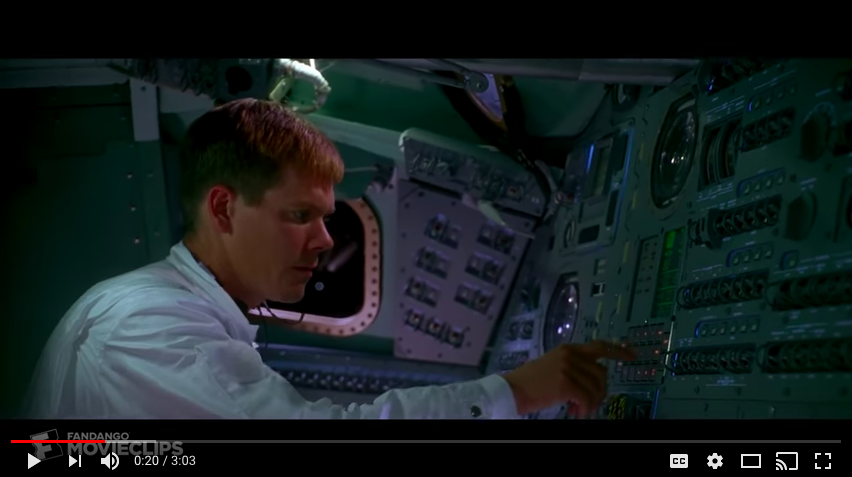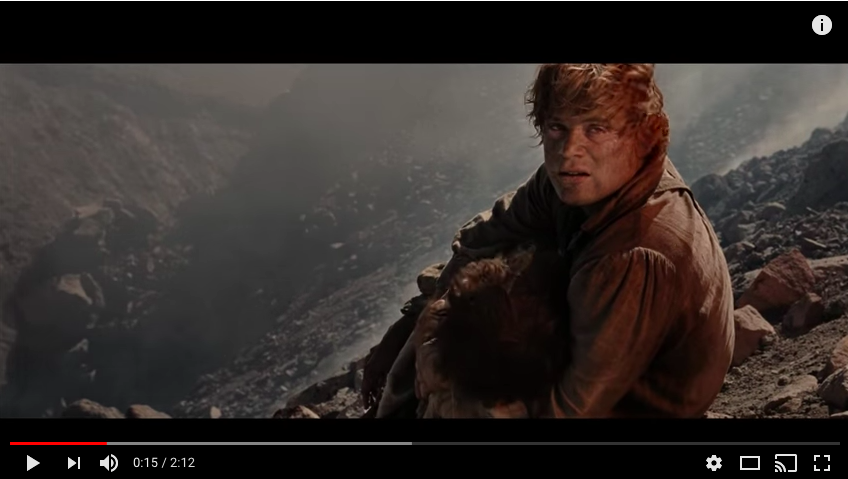Branding + Marketing
Make Your Brand Story Epic with this Straightforward Approach
March 13, 2018

The science of story was the theme of our last post in which we presented the underlying science behind stories that sell—how a compelling story with intentional structure and narrative arc can change the chemical makeup of our brains and move us to take action in ways simply stating stats and facts cannot.
We mentioned the idea of sticky stories, those narratives that are memorable, easy to recall and retell again and again, and how savvy marketers are learning to leverage the basic mechanics of storytelling to generate leads and close deals.
If this storytelling concept has you hooked and you are ready to start incorporating a narrative arc into your marketing strategy, you need to be sure you understand how to create stories that stick. We have a few ideas on what goes into a sticky story and we think that incorporating these ideas into your content will yield better results than the traditional way of presenting copy.
Sticky Stories Come in Three Parts
A good story is a stick story and a sticky story has three primary parts:
- Problem
- Solution
- Success
In our last post we learned that stories that elicit an emotional response engage more parts of our brains. As these neural networks “light up” across our minds, the details of the stories are hardwired or “branded” into our memories, not necessarily because the facts are compelling but because the facts are packaged within the ever enticing dramatic ingredients of conflict, danger, suspense, solution, and resolution. These elements cause the release of cortisol over the suspense and oxytocin over the relatable aspects of the story. These biological reactions cause us to have an instinctive need to understand the problem and see the problem fixed.
Problem: “Houston We Have a Problem”
Begin your story by stating the problem, building suspense or tension, and set the stage by explaining the problem the hero must solve. If you follow the concept of the hero’s journey, first establish the identity or persona of your story’s hero and immediately define the hero’s dilemma. In the case of Apollo 13, the problem is swift and immediate:
Building this tension into the narrative will capture and sustain the attention of your audience, drawing them in so that they can’t look away until the tension is resolved because now they are emotionally invested in the outcome of your story.
In this famous scene based on a true (though slightly edited) story, we have one of the most quoted movie lines in history: “Houston, we have a problem.” The audience is literally holding their breath to see how these heroes can make it back from outer space before their oxygen completely levels out.
This emotional investment establishes a personal connection, activating the coupling neurons we discussed in our previous post, thus increasing the likelihood of your audience adapting to your hero’s feelings and behaviors. We want them to follow in the hero’s footsteps so we must draw them in and transport them into the hero’s world.
Solution: “I can’t carry it for you, but I can carry you!”
Who can forget the iconic scene from “The Fellowship of the Ring” where Frodo and Sam lie clinging the the cliffs of Mordor so close, yet so far away from bringing an end to the evil of Sauron and bringing peace to Middle Earth? We have followed in lockstep with them through trial after trial after trial. You can taste the sweat and smell the sulfur and imagine the overwhelming need for relief. These unlikely heroes have come this far, but will they actually make it to the end of their journey? Or will their story be cut short at the edge of glory?
Even in the face of darkest evil, we love to see a hero literally stand and carry the ball to the finish line, or the ring to the fire as it were. Now that you’ve hooked the audience and have them walking in lock-step with your protagonist, it’s time to give the people what they want and begin relieving the tension. You know that the only solution to your hero’s problem is the product, good or service that you can provide—now is the time to unpack that within the context of your story. Be sure that you continue to make it relatable and weave the details of your brand’s solution into the fabric of the overall tension of the story. Each element of your brand should marry up with a specific aspect of the problem/tension/suspense experienced by the hero at the outset of your story.
[inf_infusionsoft_inline optin_id=optin_13]
Success: “Where we’re going we don’t need roads!”
This is the breathtaking and resounding ending to the epic journey. This is the celebration, the happily ever after that our hearts long to experience. But to be crystal clear—this is not the ending. The successful resolution to the hero’s journey is not the end of the road but rather the beginning of the best that is yet to come, the start of success and continuation that is only possible because of the solution that changed everything (your brand).
So how do you end the story without really ending it? Invite action. Here are some phrases that emotionally invested audiences will find simply irresistible:
- “Want to know how I did it?”
- “Do you feel the same way, too?”
- “Interested in learning more?”
- “Curious to see other ways we’ve done X?”
- “Want to get access to X?”
And for you as the storyteller, your success is gaining new customers because you made them feel like part of the story—YOUR story—and the loyalty that comes as a result of the emotional investment your customer now has in your brand will not be short lived. This is not the end of the road for your hero or for your customer, but a pivoting point or a catalyst into a new journey or the next encounter your customer will have with your brand—the next story that is waiting to be told.



